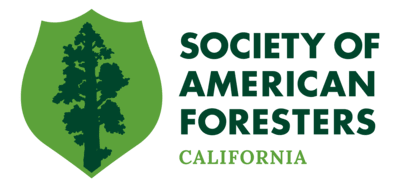The CaSAF Oral History Project is winding down. With these 6 new interviews, we have 38 videos on-line. This is 26 more interviews than the 12 we originally planned. Thank you to all who have contributed time, funds and expertise.
Allan West – United States Forest Service, retired
00:46: His 1949 immigration from England to Canada and finally, the United States
1:02:09: How the 1987 Yellowstone fires changed the “let burn” policy.
Lennart Lindstrand, Jr. – Consulting Forester
33:27 – His perspective of the California Timber Tax Reform Act of 1976.
35:30 – The value of cooperative research projects.
Stephen Fitch – United States Forest Service, Retired
22:30: Here is the full story of a slurry drop on a chicken ranch!
58:55: Working as Congressional Fellow in Washington, D.C.
Duane Wells – Forester, Chief Appraiser, Mendocino County Assessor
31:17: The role of Mendocino County Assessor Web Brown in the California Timber Yield Tax?
38:20: Memories of flying for the Cooperative Fire Patrol.
Richard (Dick) Lund – United States Forest Service, Retired
16:02 – 1960’s fire salvage sales and using a “mortality standard” for marking timber.
1:06:53 – Post-fire activities on the Scarface fire, Modoc NF (1977)
Edward Tunheim – Consulting Forester
20:48 – Timberland to vineyard conversions on redwood timberlands
1:04:54 – His mentor, Jim Greig, introduced him to the philosophy of diplomacy.
A viewing tip… our brains “listen” much faster than we speak. Therefore, if you would like to increase the viewing speed, use the “gear” symbol on the YouTube window to adjust the speed.
And remember, you can easily access and click each individual interview question in YouTube mode. After you start the video, just click the words “YouTube” in the lower right corner of the interview window. The “clickable” questions are in the “description” box.

